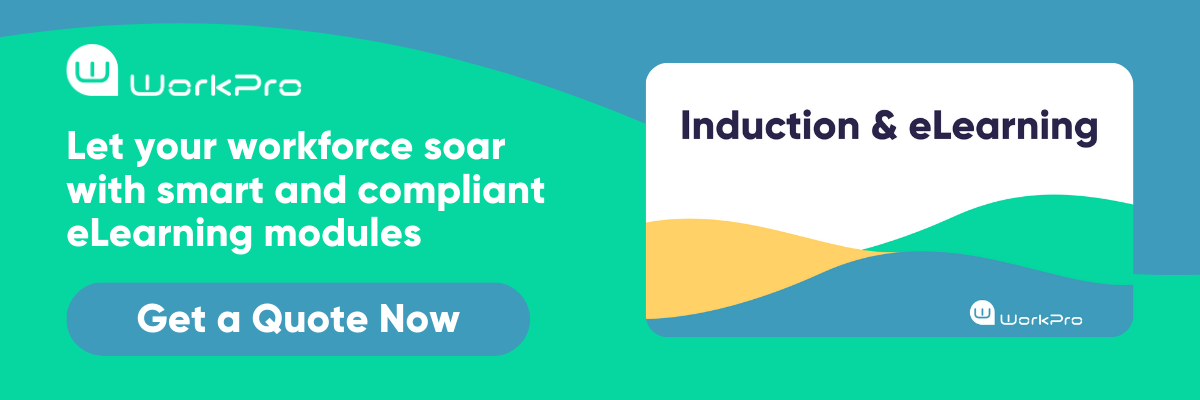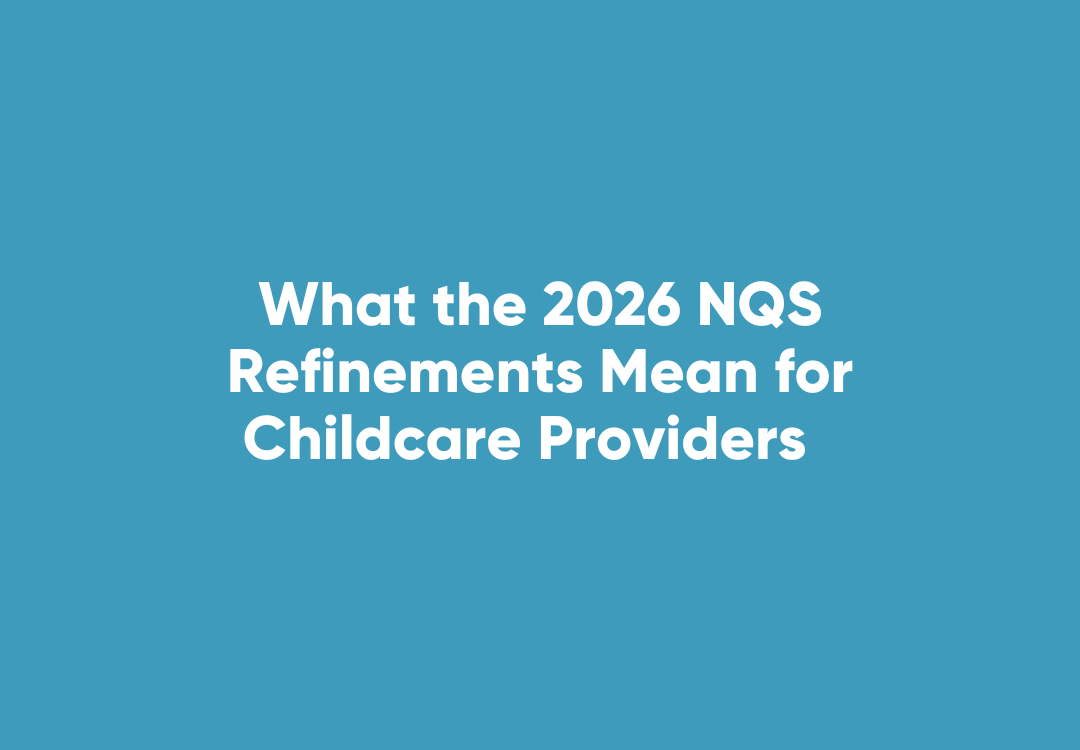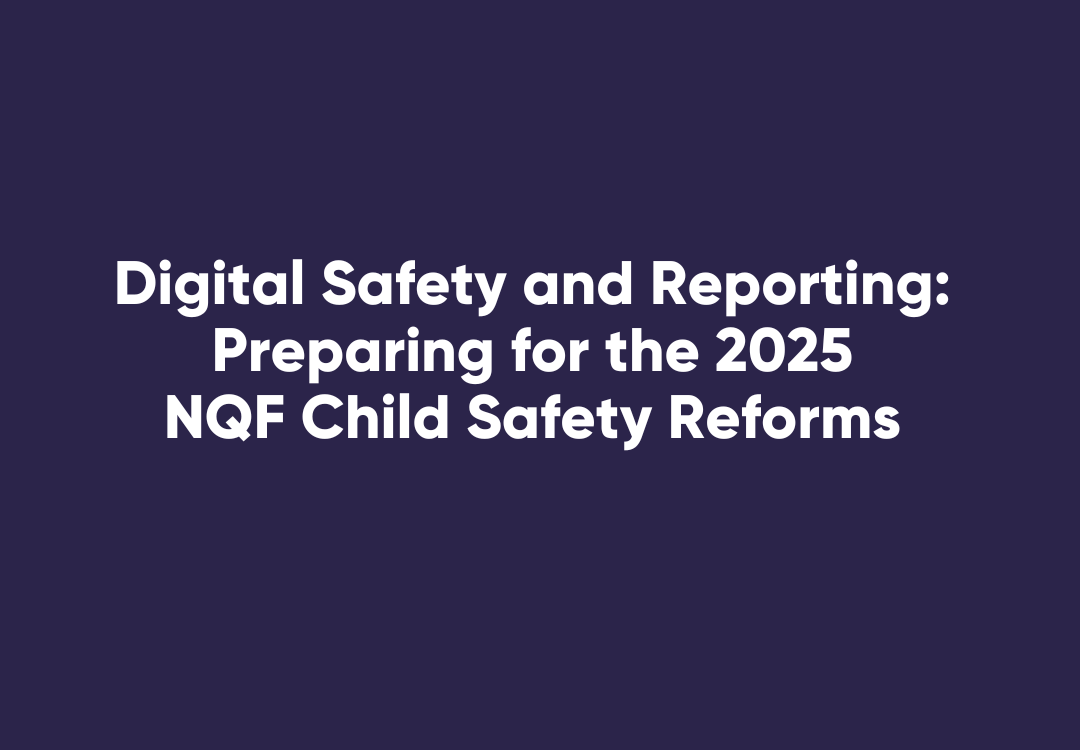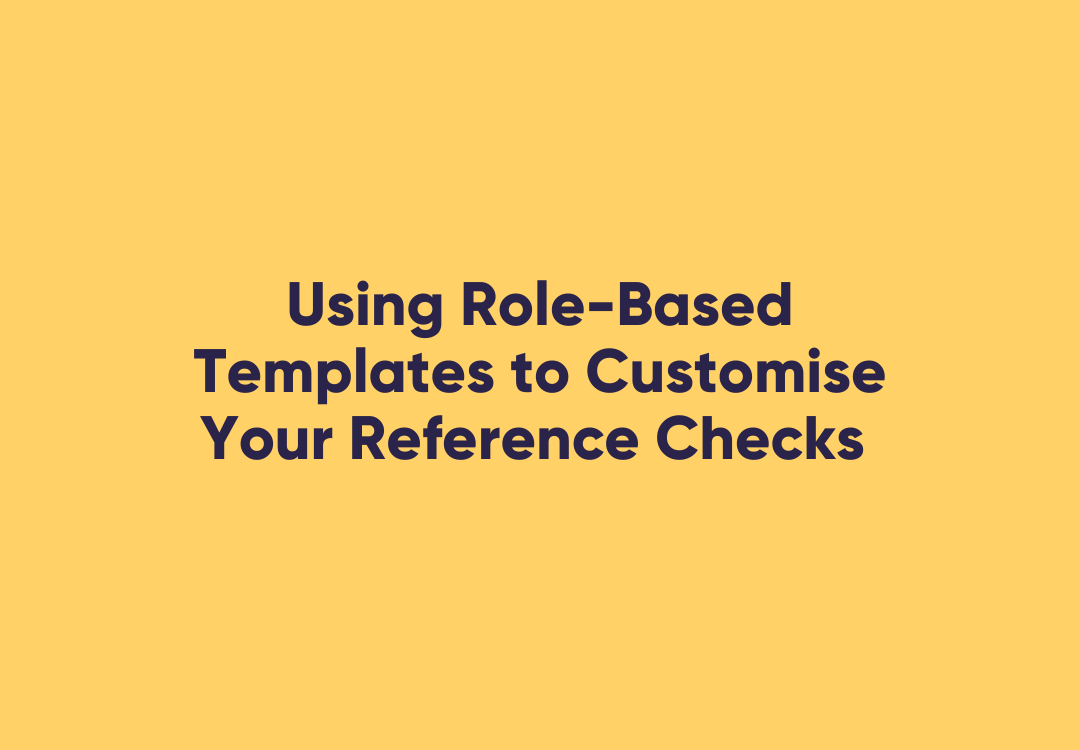Employee Wellbeing: The Key To Culture & Engagement?
Every employer wants to have a happy, satisfied and engaged workforce.
This drives productivity and performance, but do we truly know how much of an impact employee wellbeing has on our business?
If you are unsure about the value of wellbeing to your organisation, new research shows some enlightening information.
Keeping wellbeing at front of mind.
Research from Safe Work Australia has shown that psychological distress – categorised as negative emotional states including anxiety, sadness, and depression – cost Australian employers in the region of $6 billion every year.
Higher levels of absenteeism, reduced productivity and lower quality of work contribute significantly to poor business performance.
Accounting for staff wellbeing in WHS solutions can help offset some of this damage.
Is employee wellbeing a part of your WHS strategy?
Wellbeing, culture and engagement
The 2017 State of the Industry survey, featuring input from more than 600 HR leaders, found that maintaining wellbeing is a high priority for 78 per cent of businesses.
It’s a clear indication of how valuable strategies to improve the mindset of workers are, and how emotional wellness should not be overlooked in your workplace health and safety processes.
“In general, employees feel engaged when they are invested in their company’s future and culture, feel like their jobs give them a sense of purpose and have great relationships with their co-workers,” the authors of the Virgin Pulse’s survey told HC Online.
“Health and wellbeing – physical, mental, financial and emotional – also affect employee engagement, and the majority of organisations realise that connection.”
So, how do organisations achieve employee wellbeing?
One tactic is to view wellbeing not as an individual concern, but as an office-wide initiative.
A strong company culture – promoting greater communication, collaboration and engagement across the board – makes the workplace a more enjoyable and healthier place for employees.
So critical is culture that 95 per cent of organisations told Virgin Pulse that it was a key driver of business outcomes.
That’s not to say that organisations should ignore engagement on an individual level.
By building an awareness of wellbeing amongst the workforce, leaders will be able to identify workers that may be struggling, and devise strategies to manage these issues.
However you go about it, improving employee wellbeing is inarguably a positive step for your organisations.
You’ll get the most out of your staff, improve retention and deliver better quality service to your customers, all while providing a more enjoyable and satisfying place to work.












